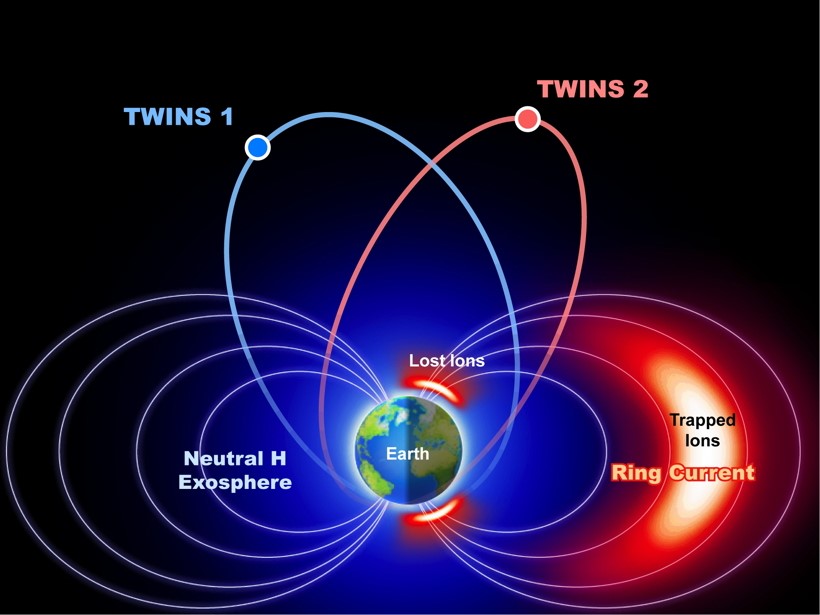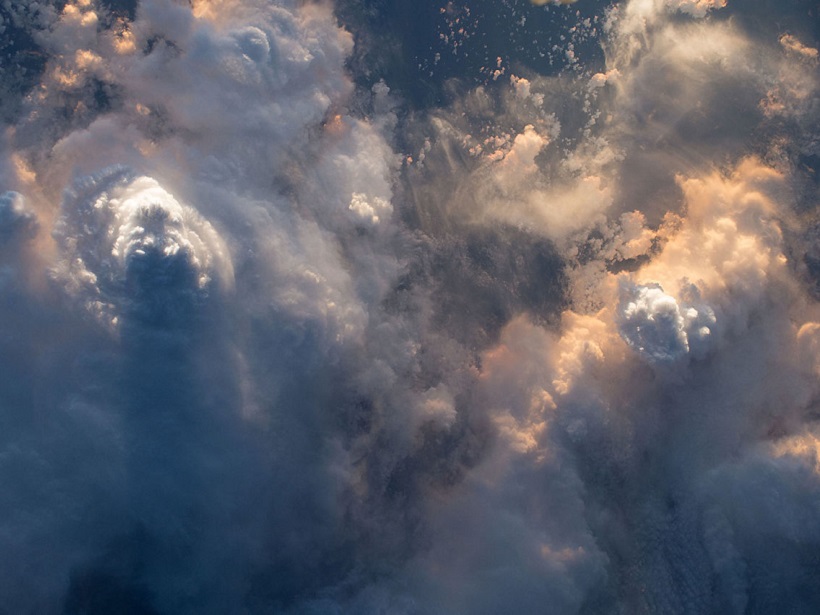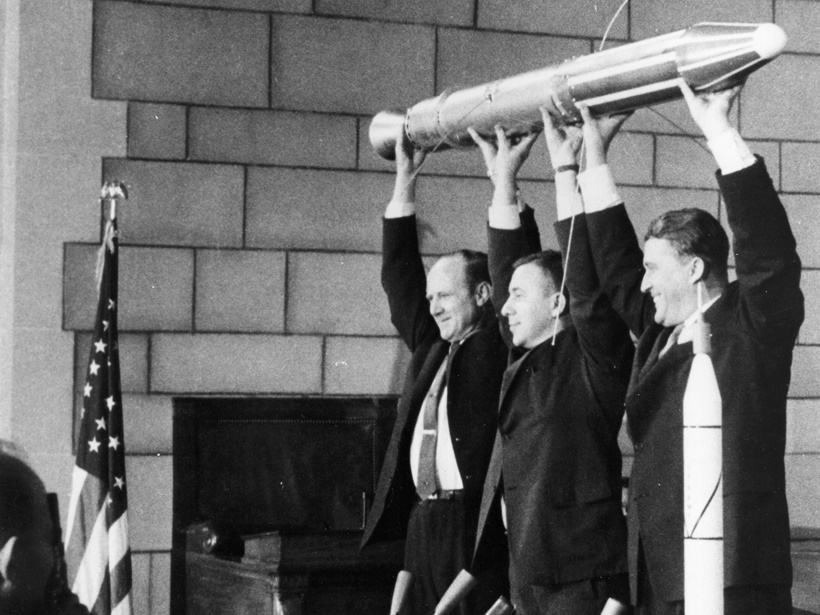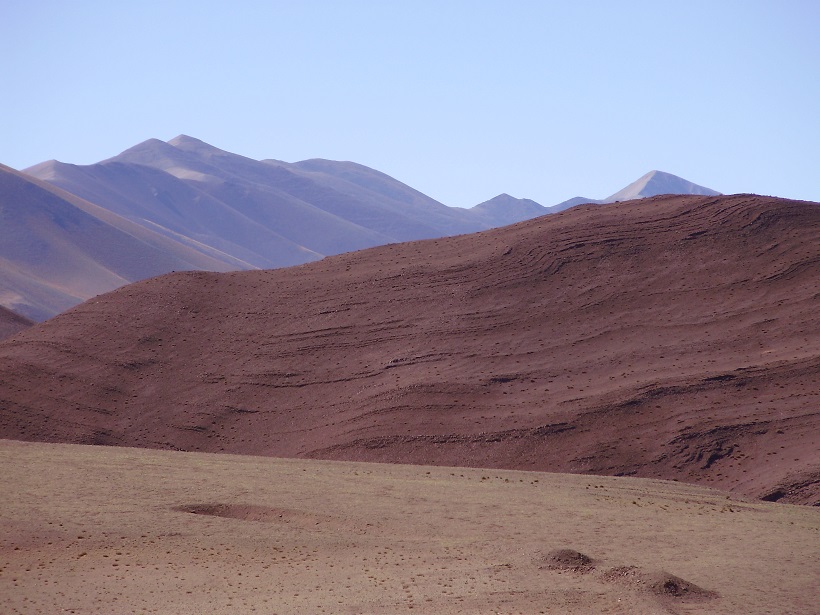Atmosphere and land model development has historically been segregated but coupled processes crucial to prediction and extremes can be properly represented only with a holistic approach.
Editors’ Vox
Are We Prepared for the Next Mega Eruption?
The frequency of eruptions with a Volcanic Explosivity Index of 7 is only one or two per thousand years but we cannot afford to be complacent.
The Big Picture in Geospace
A NASA stereo-imaging mission called TWINS continues to push the boundaries of what we know about the region of space close to Earth.
Diversity of El Niño Variability Makes Prediction Challenging
The atmospheric response to El Niño, both in the Pacific region and around the world, changes with each event and is uncertain in future under the influence greenhouse gas forcing.
Earth’s Radiation Belts: Celebrating Six Decades of Discovery
A recent celebration of the 60th anniversary of the launch of Explorer 1 reflected on the incredible progress and scientific insights from this and subsequent space missions.
Counting Every Drop
The challenge of collecting and analyzing precipitation data collected at different times, in different places, and on different scales.
The Science of Dates and Rates
Geochronology and thermochronology combine geochemistry, nuclear reactions, and technology to probe the history and dynamics of Earth and planetary processes.
A Landscape Shaped by Wind
High-altitude aeolian research on the Tibetan Plateau offers insights into the past, present, and future.
Can Atmospheric Science Improve Global Disaster Resilience?
Scientific understanding of atmospheric hazards and their interconnectivity can contribute to international policy and disaster risk management.
Ocean Tides Affect Ice Loss from Large Polar Ice Sheets
A recent paper in Reviews of Geophysics discusses how ocean tides affect the motion of, and loss of ice from, the Antarctic and Greenland ice sheets.










